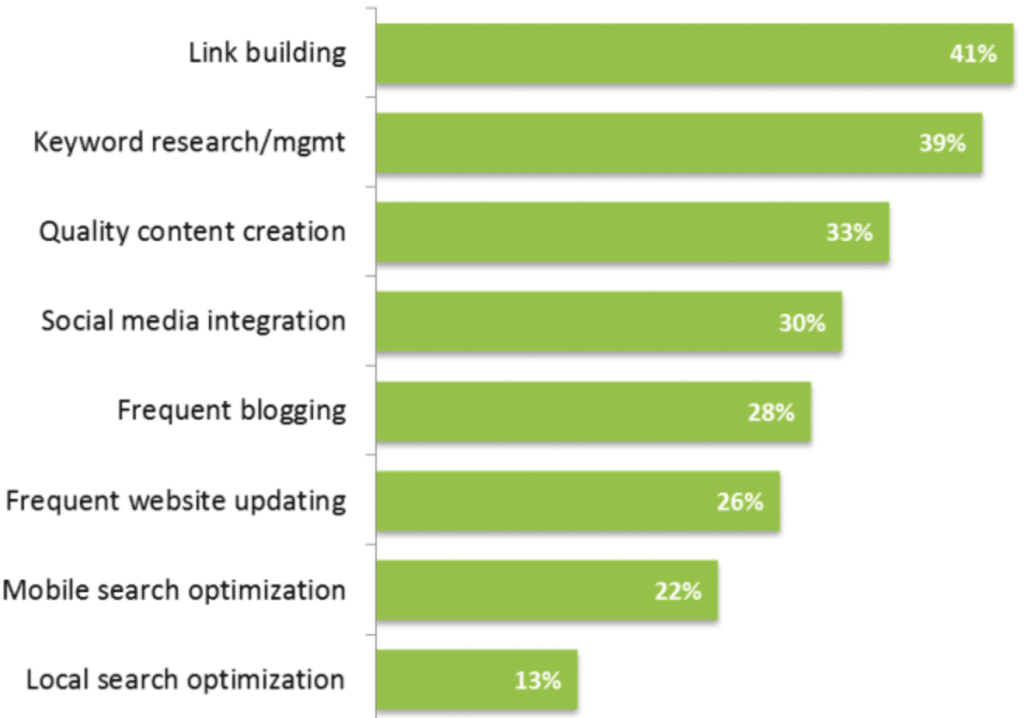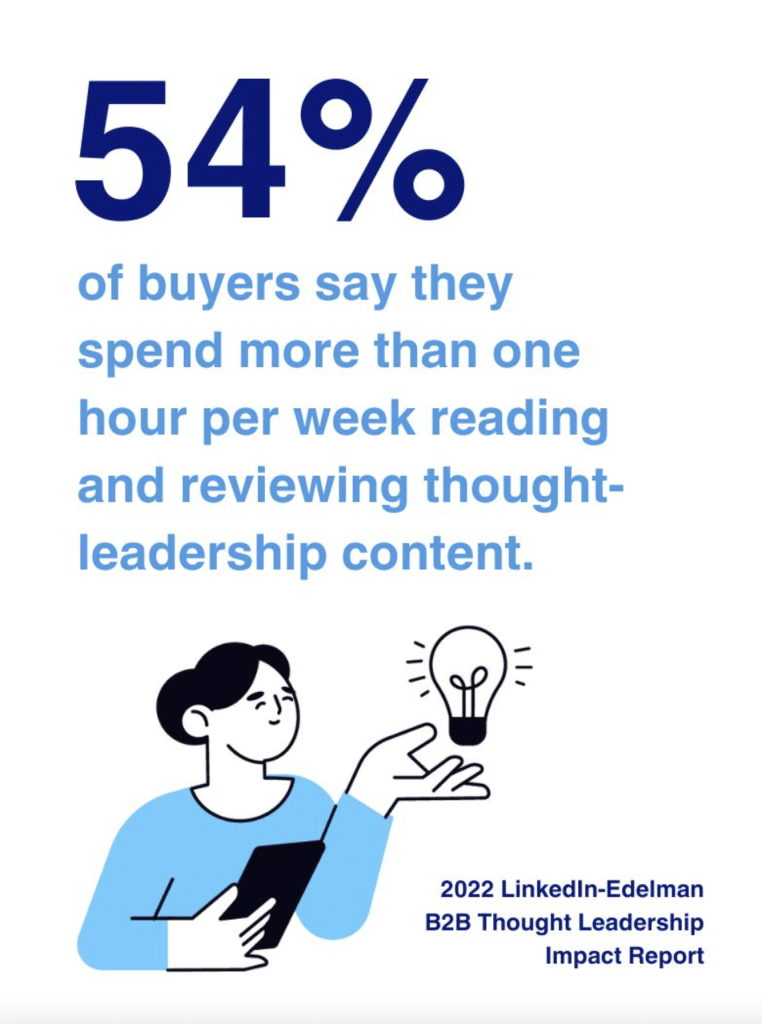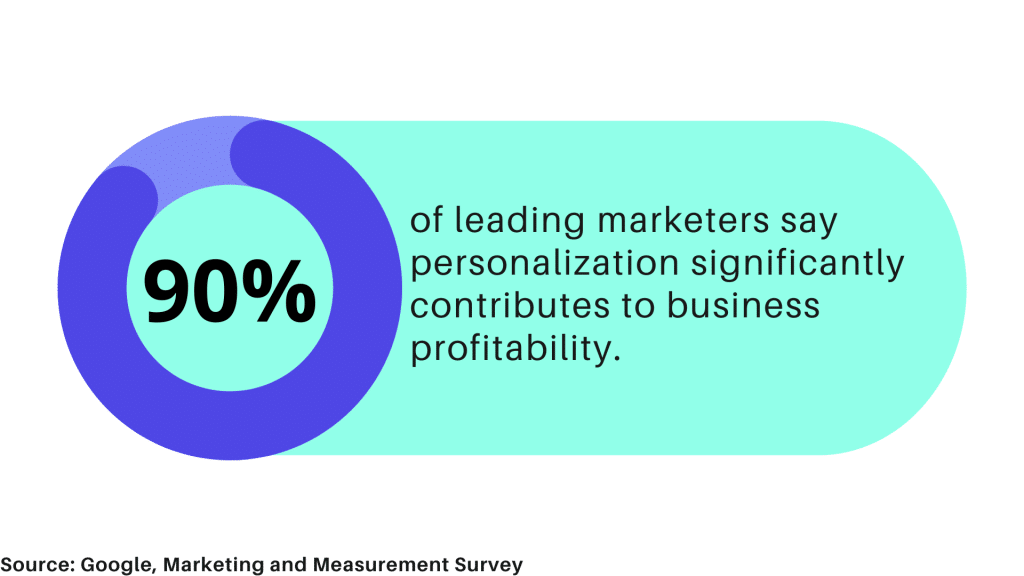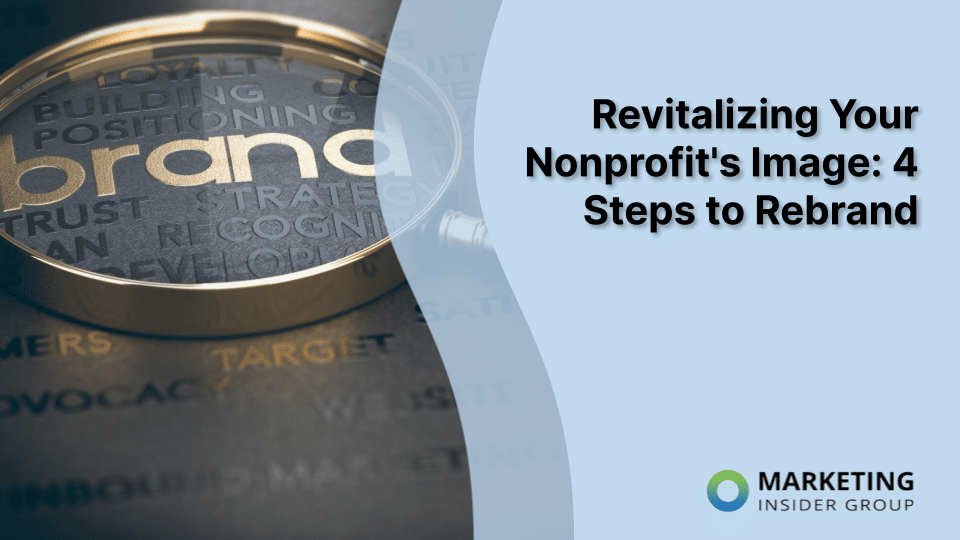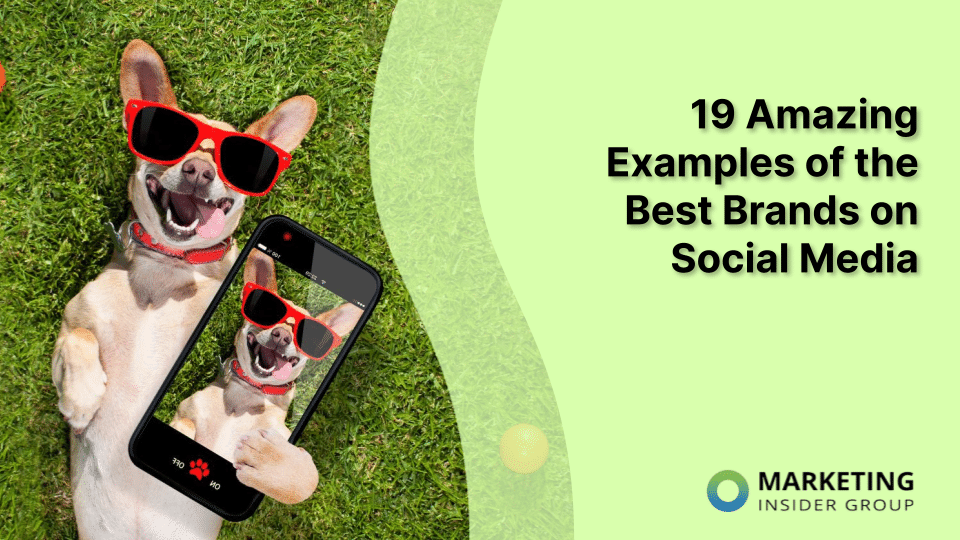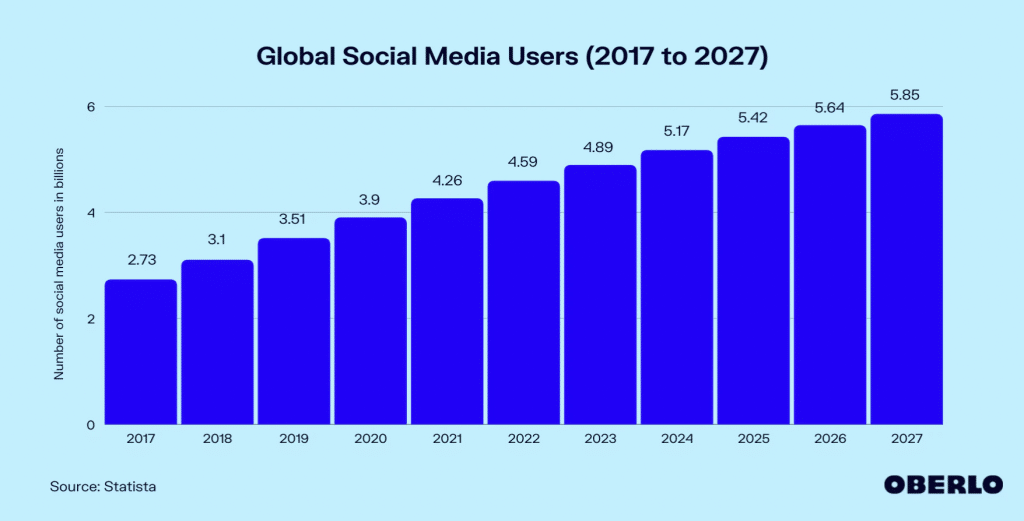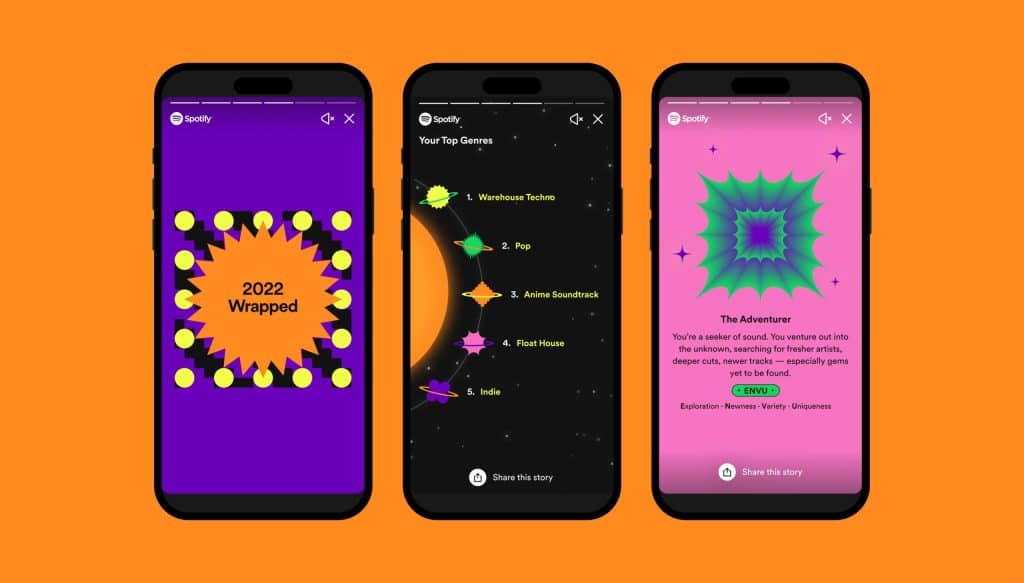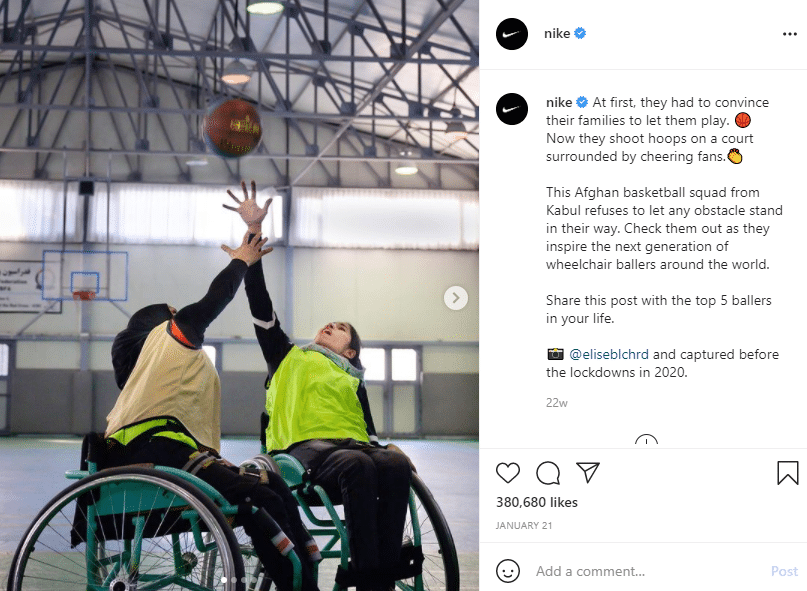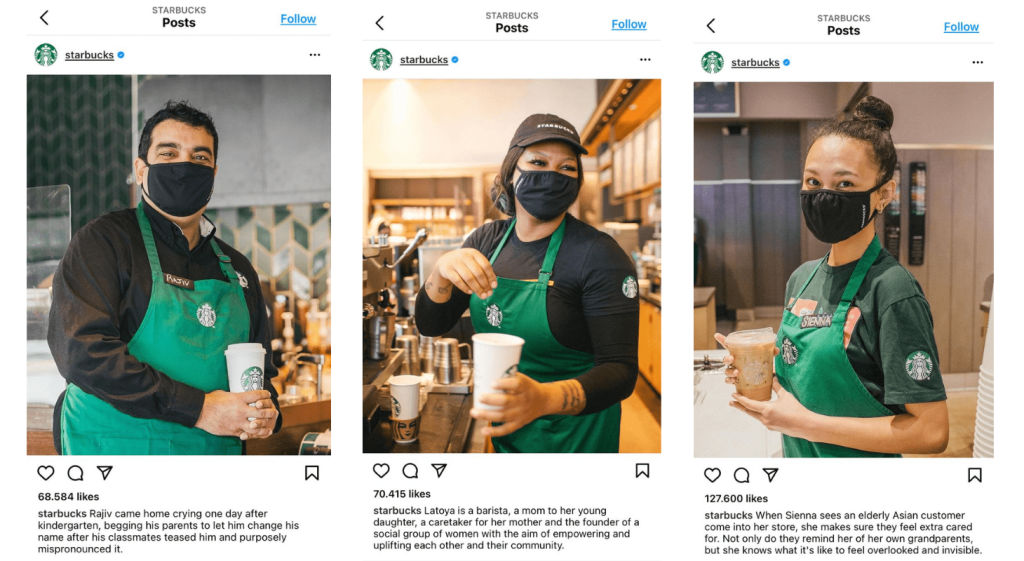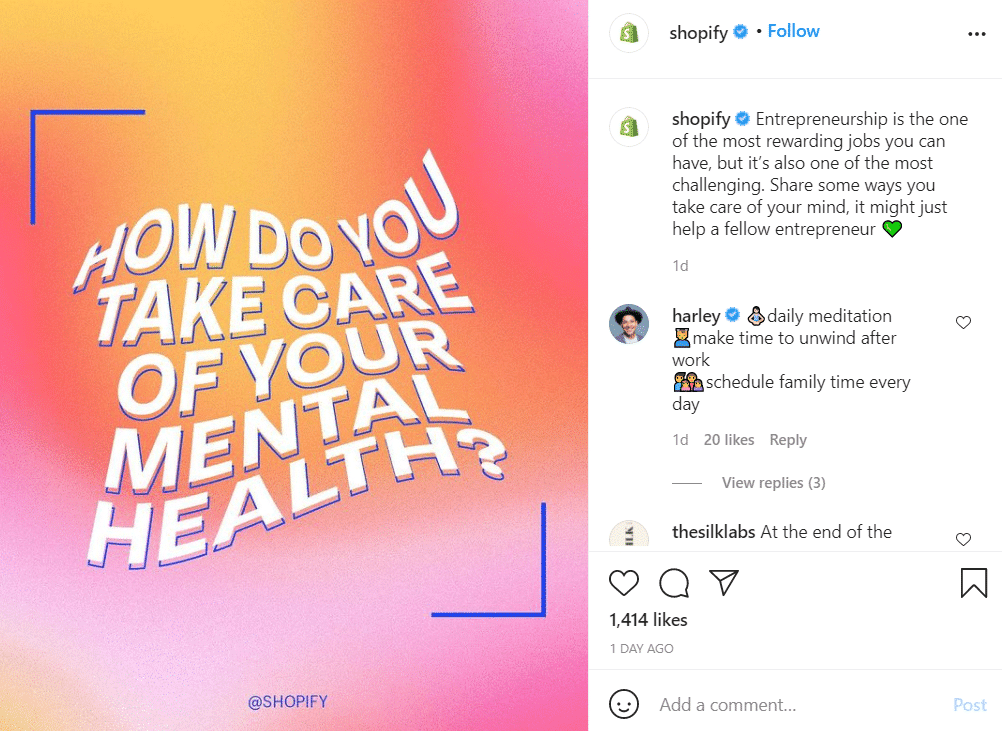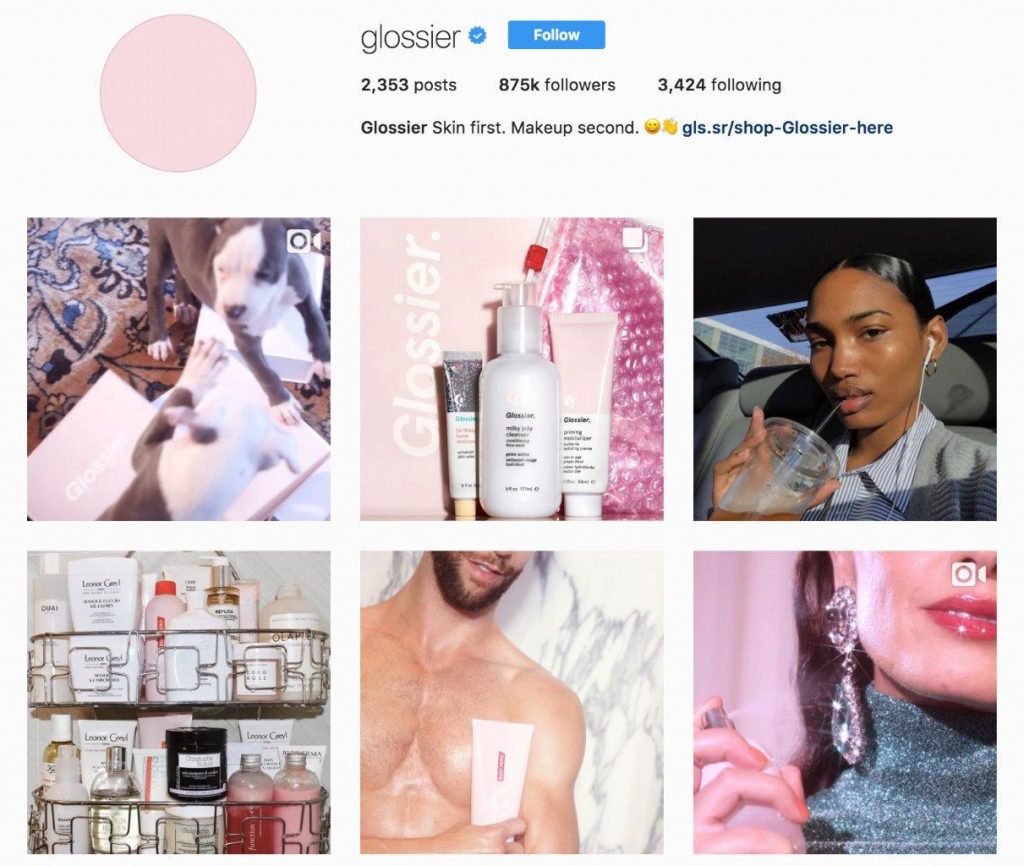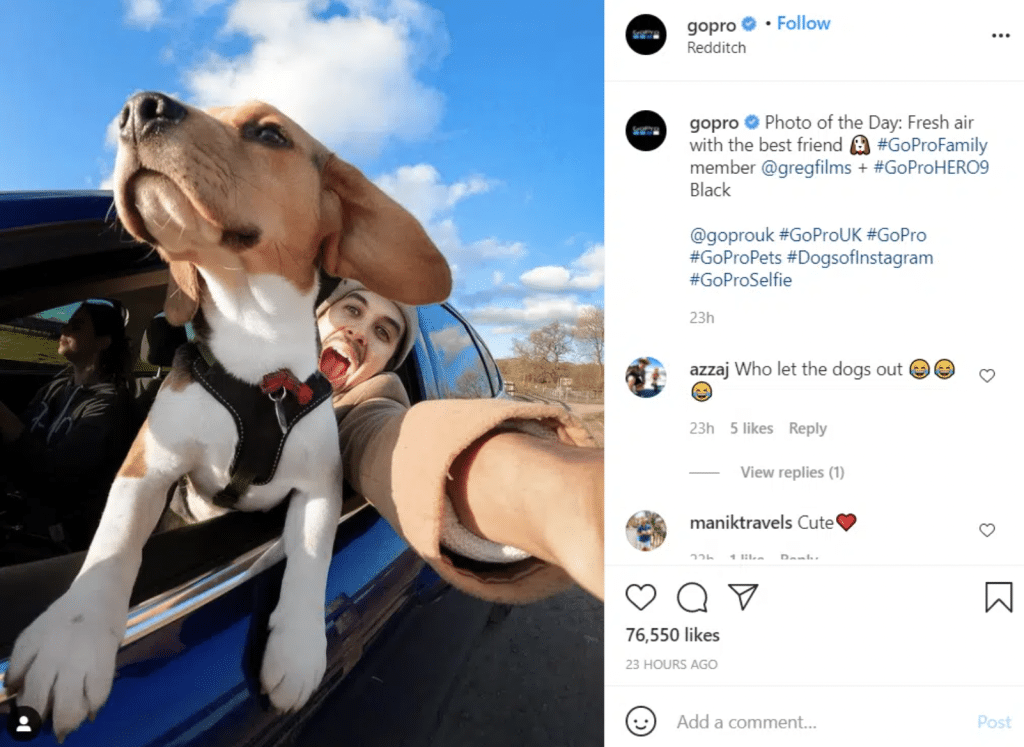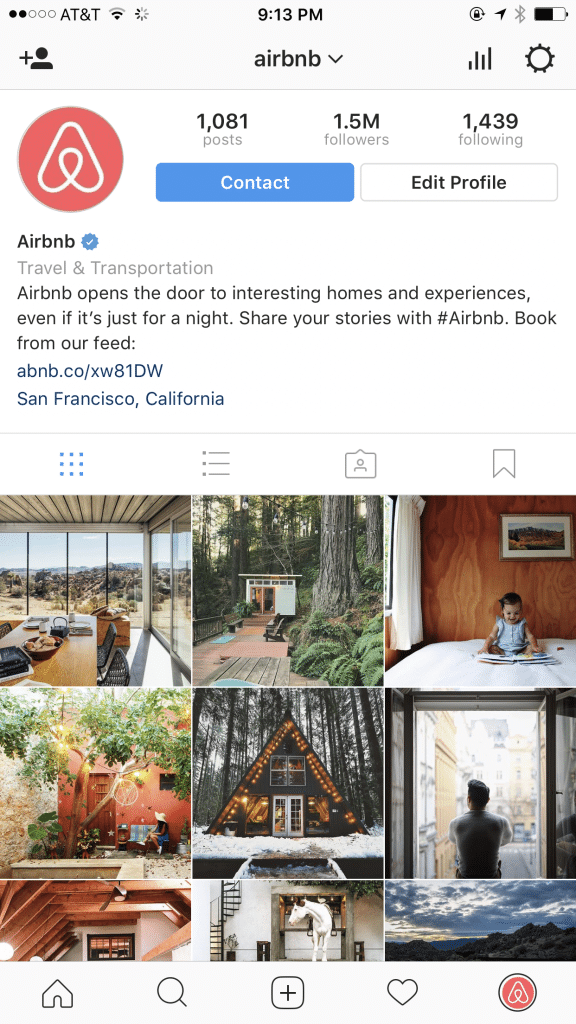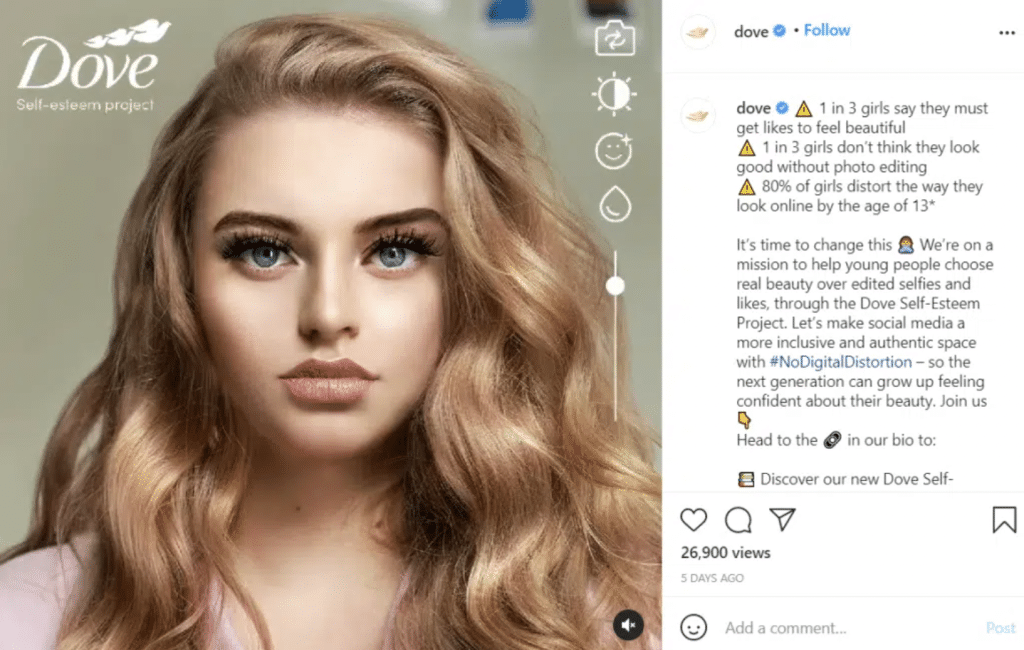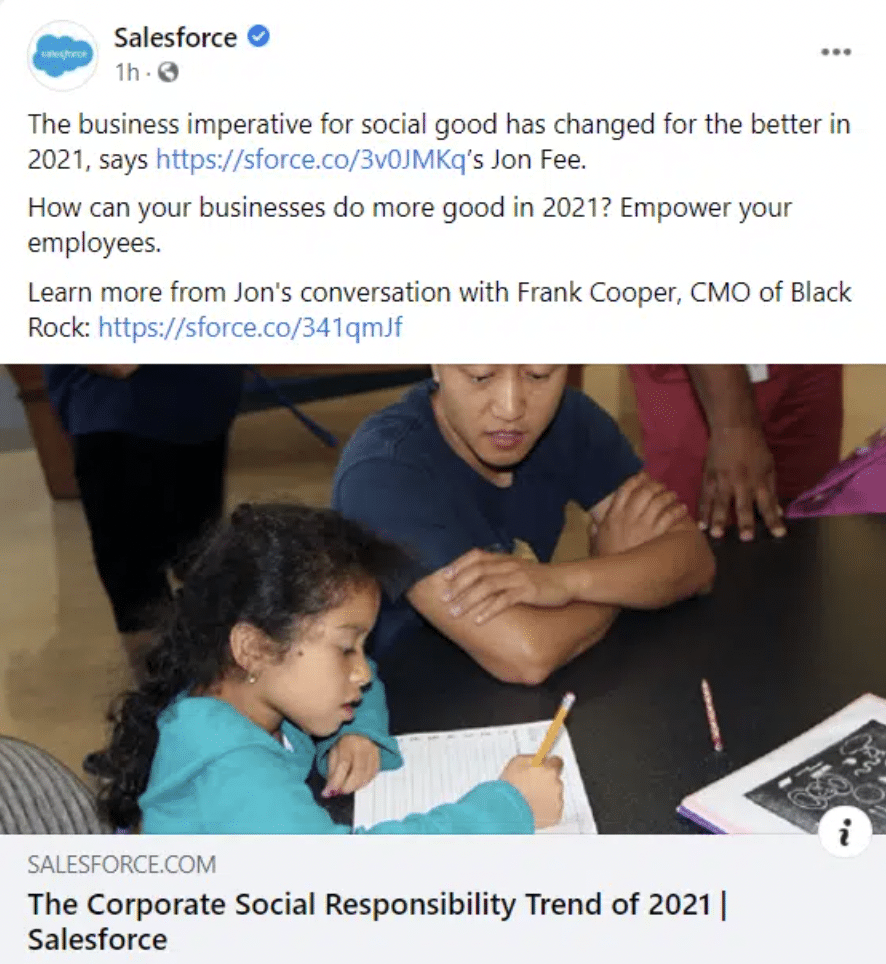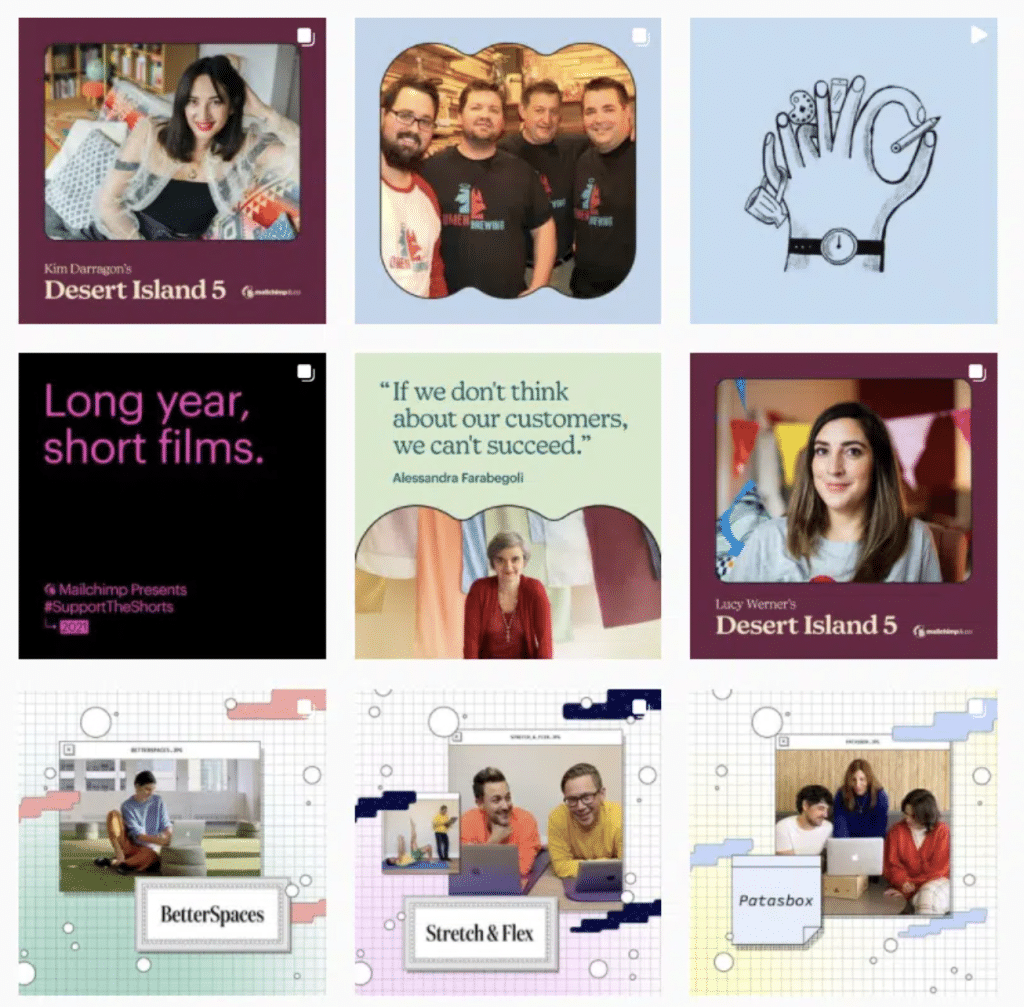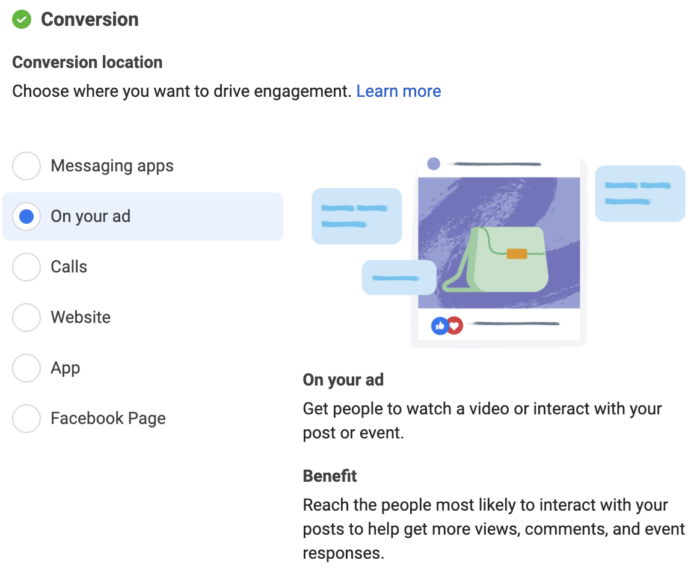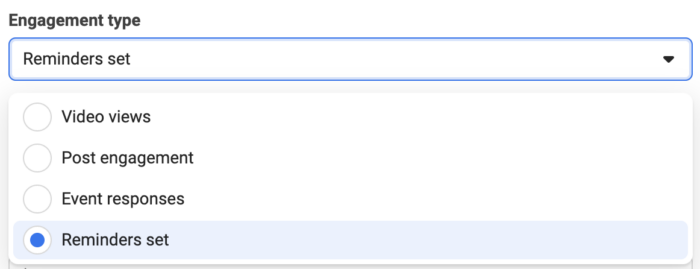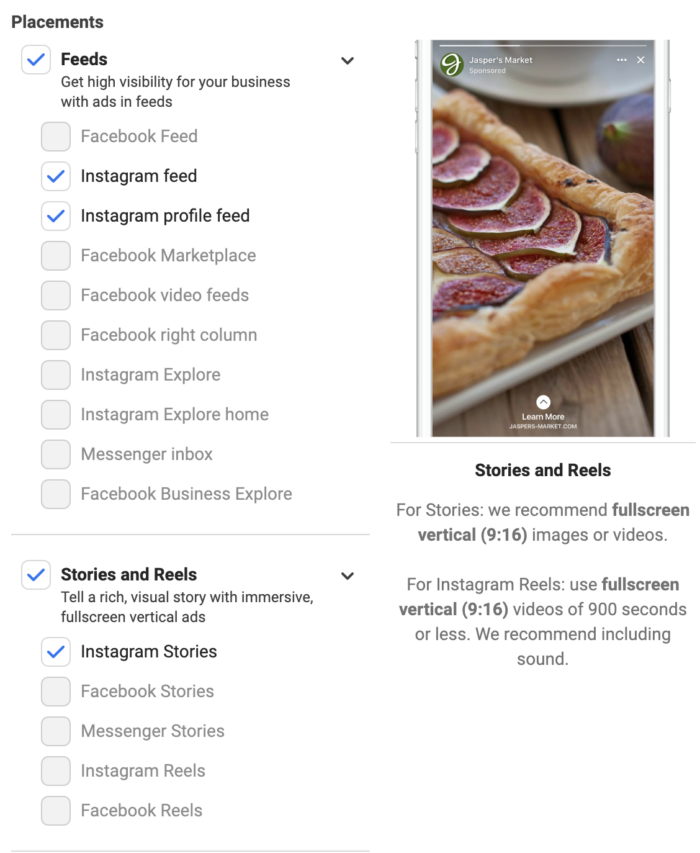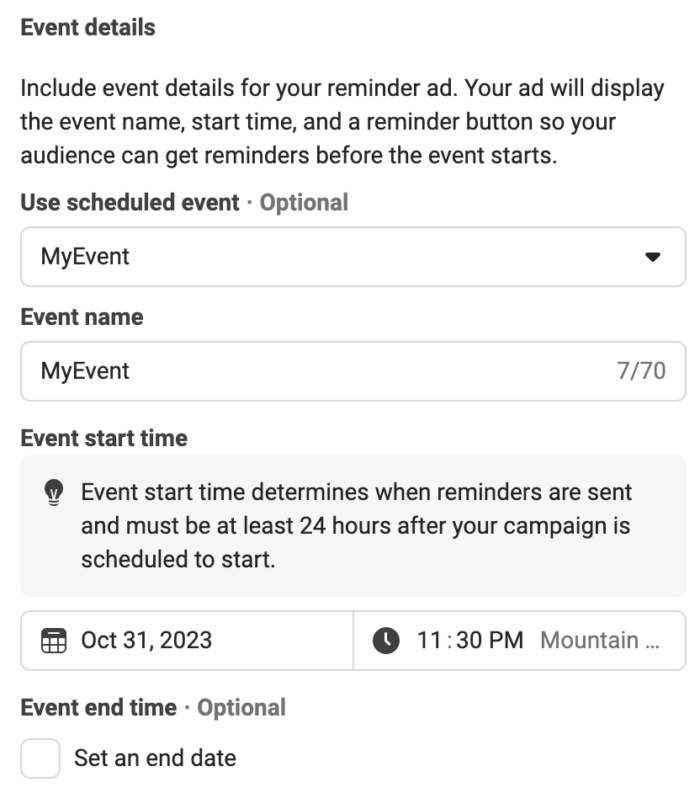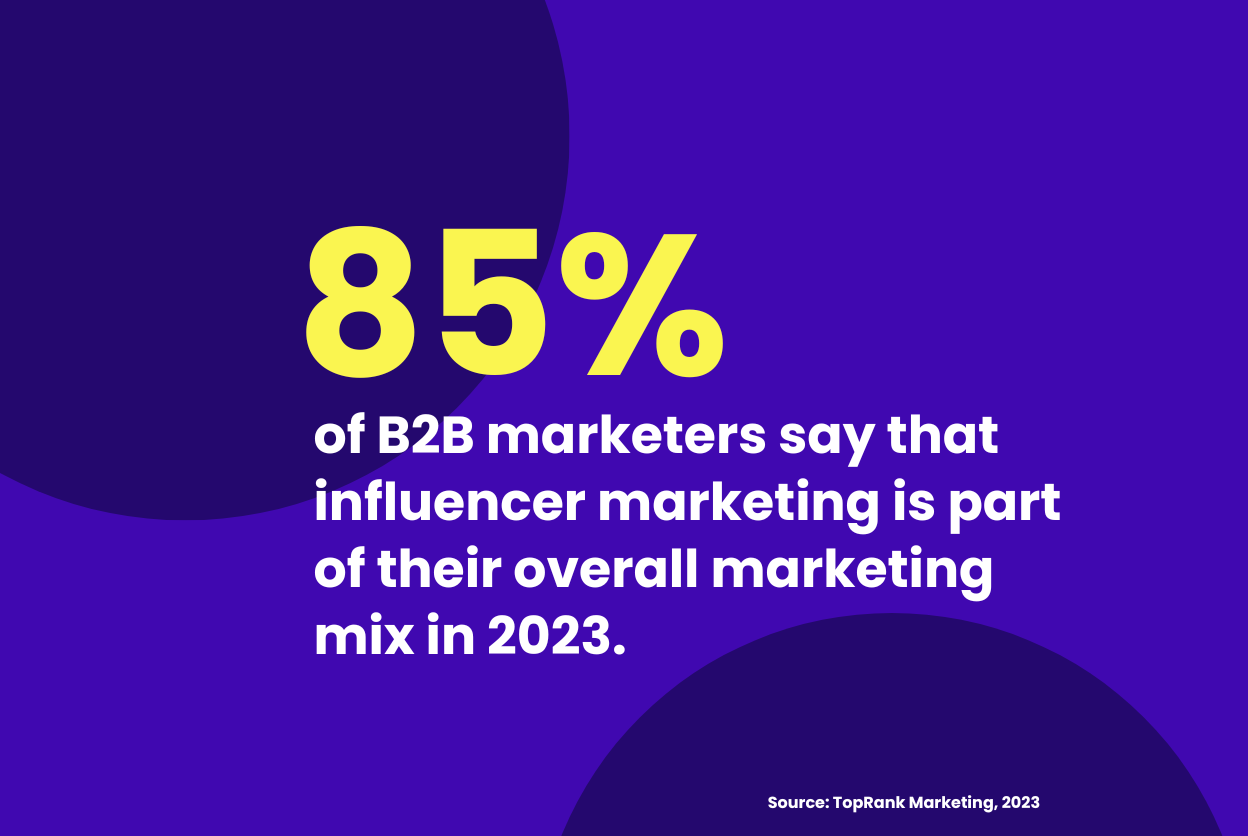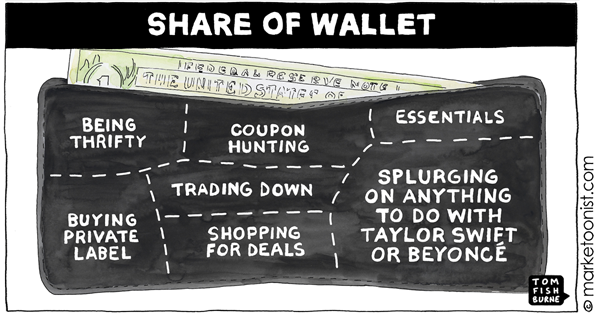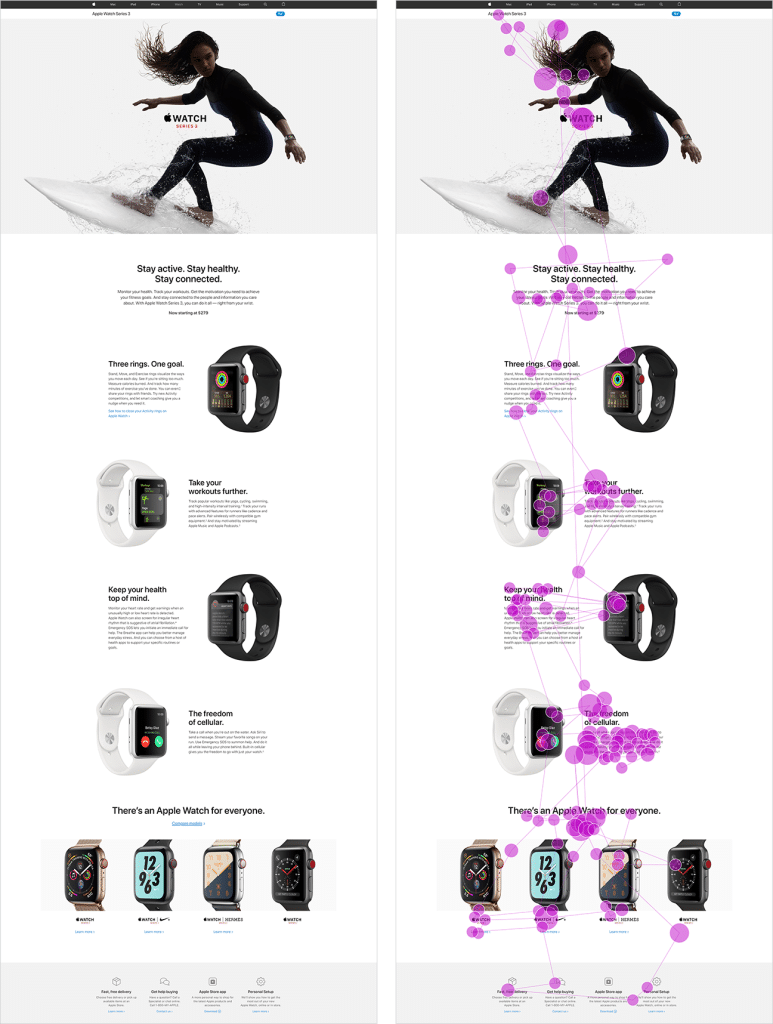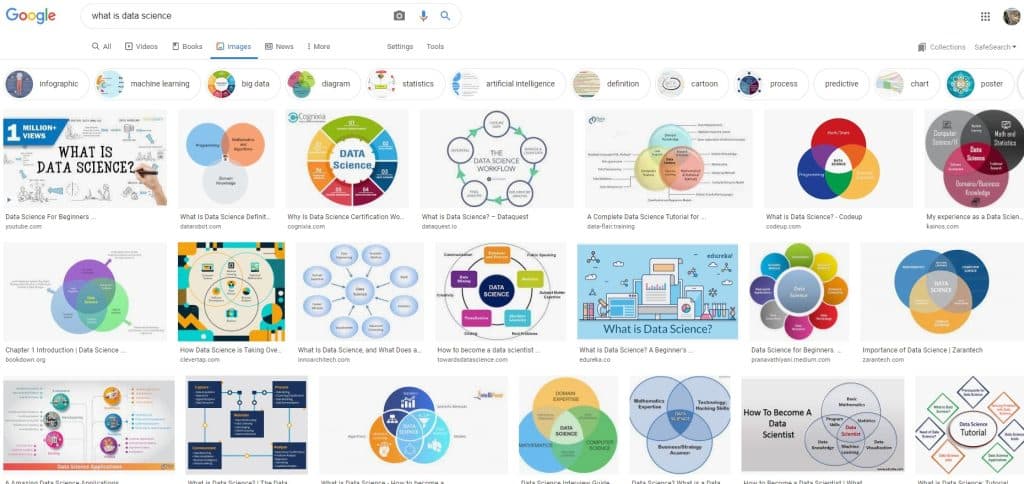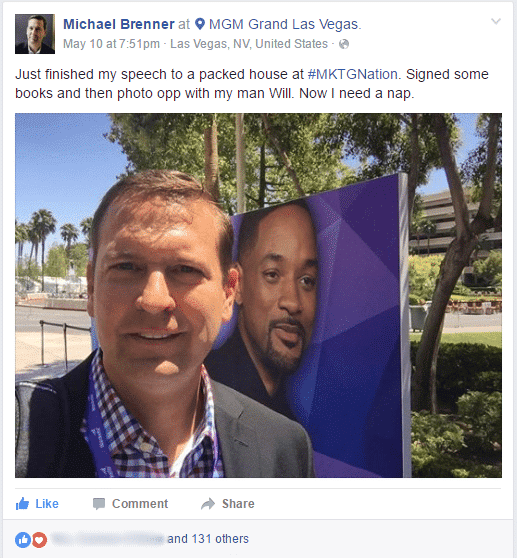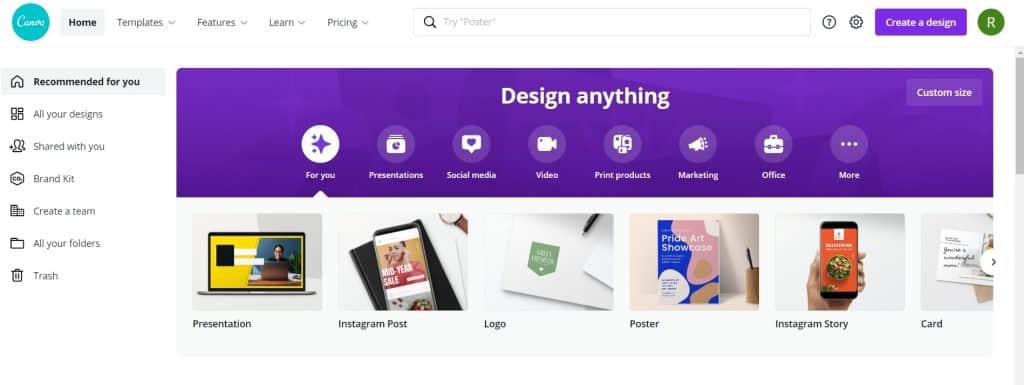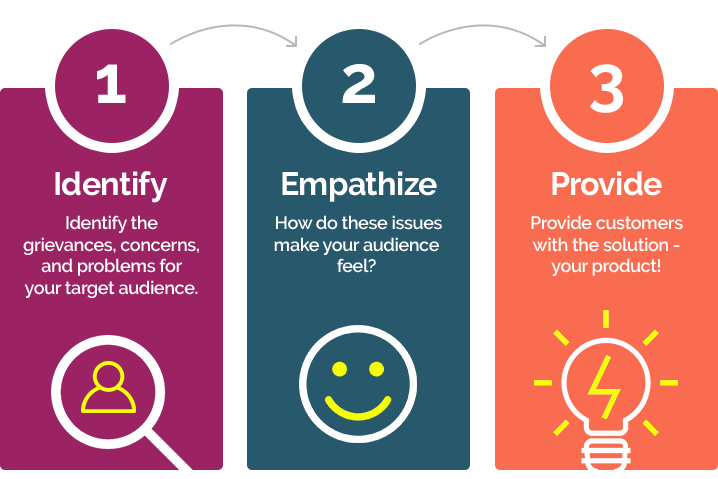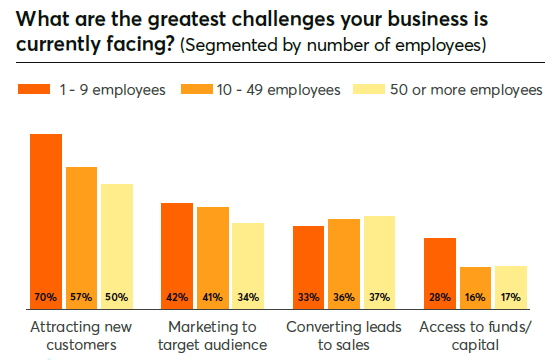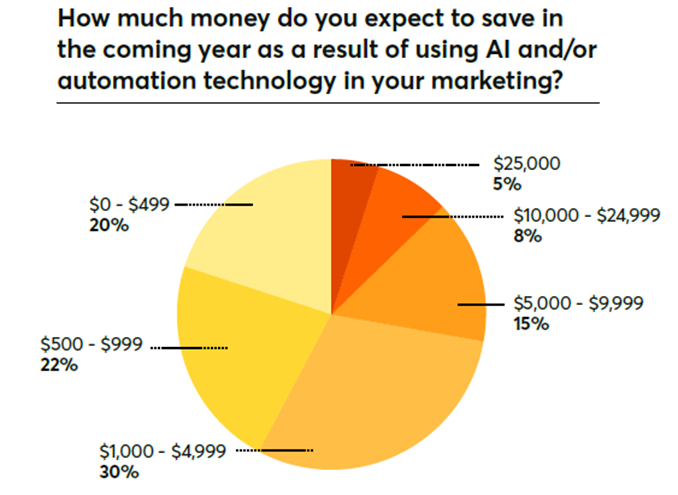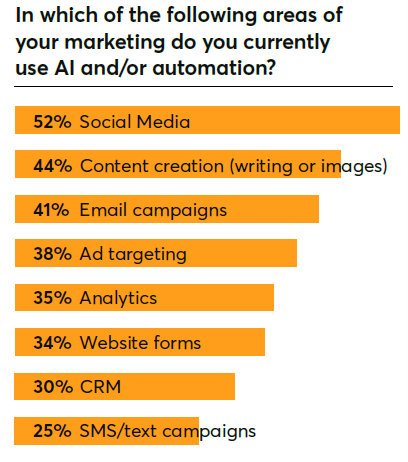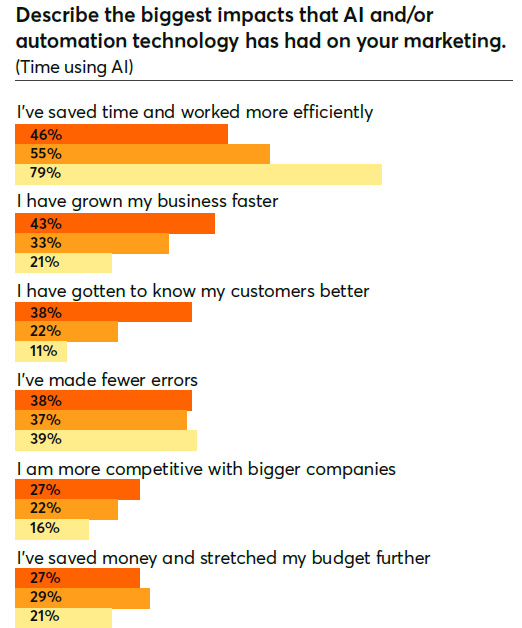
Why do only 29% of B2B marketers believe that their content strategy is very successful? Probably because the rest are forgoing always-on marketing in favor of old-school, one-off campaigns that don’t work anymore.
In contrast, always-on marketing wins every time. As you consistently publish content, you uncover actionable insights to optimize your approach and reach your goals.
Discover more about why an always-on content strategy is the gold standard for marketing and how to start.
Key Takeaways:
- Always-on marketing means providing a steady flow of content and using the right amount of automation to achieve that goal.
- Always-on content marketing isn’t easy, but you can succeed by preparing to confront the challenges of finding usable data and integrating your tools.
- As you start, take one step at a time and optimize older content for quick wins.
- Focus on your customers and their needs and remain patient to get outstanding long-term results.
Stay Ahead of the Trends with an Always-On Marketing Approach
Always-on marketing is just what the name suggests: nonstop marketing efforts that have endless impact. How on earth can you accomplish that?
When you provide evergreen content that delivers value to a prospect or customer at any stage of the buyer funnel, your marketing stays “on” indefinitely. You don’t need an advertising team constantly promoting your brand because valuable content draws qualified leads to you.
Why Campaigns Don’t Work Anymore
Compare the always-on strategy with the outdated, expensive, and sucky campaign methodology: Your team settles on a message and picks a favorite creative approach. Then, you launch the campaign and pray that it will work (i.e., liquor and guessing).
In this model, maybe you gain traction; maybe you don’t. Then, right when you finally start learning what works (or doesn’t) and why, you halt everything because your budget runs out.
With seamless, always-on content, you’ll achieve results that can catapult you beyond the ordinary and into the realm of thought leadership. That means you’re everywhere your target customers hang out, reaching them at the right time.
How We Know Always-On Marketing Works
How can we be so confident that always-on marketing works? Because we use it here at Marketing Insider Group to overwhelming success.
We publish content every day that solves problems and answers questions for our target audience. Not only that, but we also make it a habit of listening and responding to customers as much as possible.
After only a few years in business as a boutique agency, we used our always-on content to rank number one on Google for our target keywords. We also get a million visitors and gain a wealth of loyal clients that range from Fortune 500 firms to small and mid-sized companies like ourselves.
As you commit to an always-on marketing strategy, you can mimic similar results. (If you’re ready to start now, we’re ready to help!)
Address the Potential Roadblocks in Executing an Always-On Approach
Initiating your perpetual content marketing machine takes genuine effort. If it were easy, everyone would be doing it, right?
Prepare to meet the following obstacles to avoid stumbling with your always-on marketing.
1. Creating a Constant Flow of Content
While always-on marketing always includes content, all content creation is not necessarily part of an always-on strategy. Content marketing is only becoming more and more competitive, so you can’t afford a spotty activity.
Maintaining production is particularly hard to do if you’re not a writer. Plus, writing a good blog post can easily take half a day, even for the pros.
In most cases, outsourcing your content marketing is the best idea. You can focus on doing what your company does best and be sure that your message is gaining traction in the world.
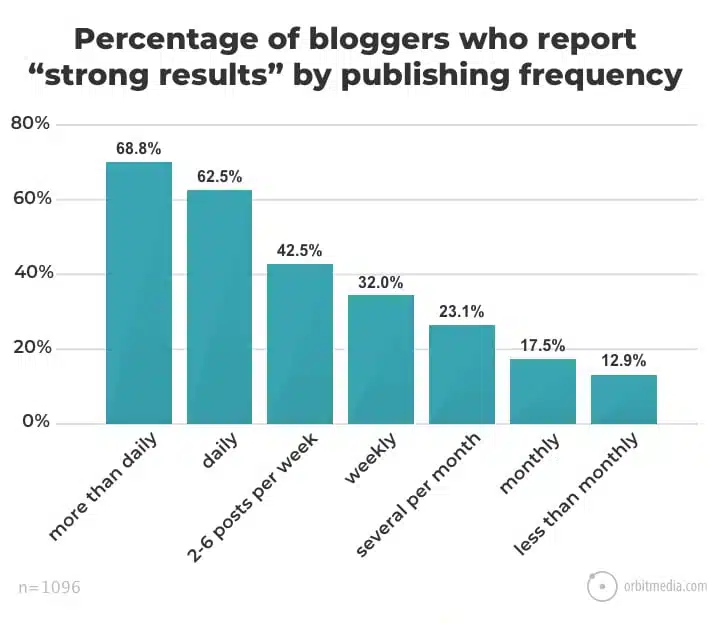
Image Source
2. Discovering Usable Data
Finding data is no longer difficult in today’s data-driven marketplace. However, the struggle lies in figuring out what information is usable and provides actionable insights.
Start by identifying the tools to add to your martech stack that help you learn about your target audience. Test which metrics and conversions really count to create always-on marketing that performs.
3. Integrating Your Infrastructure and Systems
A mechanic can have a strong wrench and sturdy bolts, but if they don’t fit together, she’ll have a hard time finishing a repair job. Likewise, you can subscribe to good martech tools, but do they fit with your other productivity solutions?
Before you automate, ensure everything aligns correctly. Don’t collect data in siloes where your customer relationship, inventory, and workforce management software are working separately and you can’t see the correlation.
Progressively build an always-on marketing infrastructure where all of your insights come together. Then, you’ll see where you need to focus your attention in marketing to meet demand.
4. Staying Patient
When you’re planning for the long term, you have to be patient. That can be difficult for us Type A go-getters who want clear results and proof yesterday.
The thing about being a marketing scientist is you have to test a hypothesis, refine your ideas, and repeat until you have a winning formula. Success takes time.
Fortunately, you already have a winning foundation for what to do from companies that have done it all before. Especially when working with an experienced content marketing firm, you can see great results within months, such as lower costs per lead and higher conversions.
Develop an Always-On Marketing System With These Tips
If you’re ready to start your always-on marketing program, use the following tips to ensure victory.
Start With Baby Steps
Remember that great marketing is about building solid connections with your customers. Still, no matter what you see in the movies, people build strong relationships from a lot of little positive actions, not a handful of grand sweeping gestures.
Which individual experiences create warm and fuzzy feelings in your target audience? Determine what things a segment or two likes and hone in on that type of content.
Again, we’ve found that consistency with this is critical in the beginning stages. It’s way too easy to launch with a bang and drop off suddenly, so put out at least one blog weekly and stay active on social media.
Repurpose Successful Content To Start Your Data-Based Strategy
We’ve already mentioned that the heart of always-on marketing is data. Use that intel for systematic optimization by looking at what already worked and using the following tips:
- Promote long-form think pieces on social media.
- Use content on one channel to create new pieces for other channels.
- Repurpose the tips you published in a blog post into a how-to video for more visual learners.
- Revise your poorly performing or outdated content to meet your customers’ needs more efficiently.
After you see the results of these always-on marketing efforts, test them again. Tweak things and repeat the process until you gain traction with your target audience.
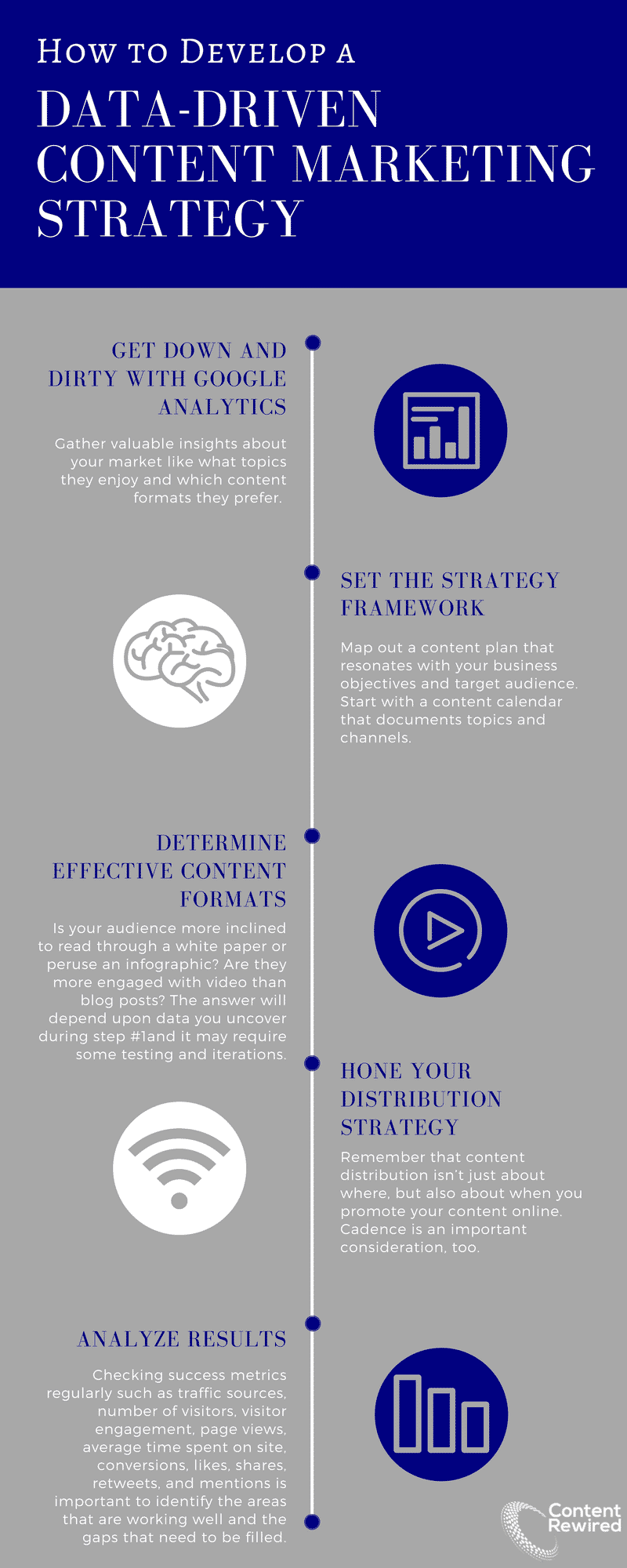
Listen to Your Customers and Respond to Their Needs
Glean everything you can about customers through analytics, such as their likes, preferences, online behavior, demographics, and pain points. This research allows you to then provide the exact information they need to solve their problems at just the time they need it.
However, don’t derive all of your insights from software. Engage with your audience to understand how to personalize your content to your customers’ needs and review comments and feedback.
Paying close attention helps you tailor content to each segment, which is critical to content marketing success. In fact, Neil Patel touches on the power of a customer-focused strategy in this recent video:
At Marketing Insider Group, we know that power first-hand. We use content analytics to find out what our audience wants and then create content that is a source of thought leadership.
Of course, we use this data-driven, always-on marketing strategy to do the same for our clients, delivering the kinds of search traffic increases that result in more sales. Since always-on content marketing is the most cost-effective strategy you can employ, their ROI is massive.
Embrace Always-On Marketing Today
With always-on marketing, your costs are few, yet your potential is limitless. If you’re ready to drive this kind of traffic to your site with quality content, check out our Content Builder Service today!
Did you miss our previous article…
https://www.sydneysocialmediaservices.com/?p=8660


